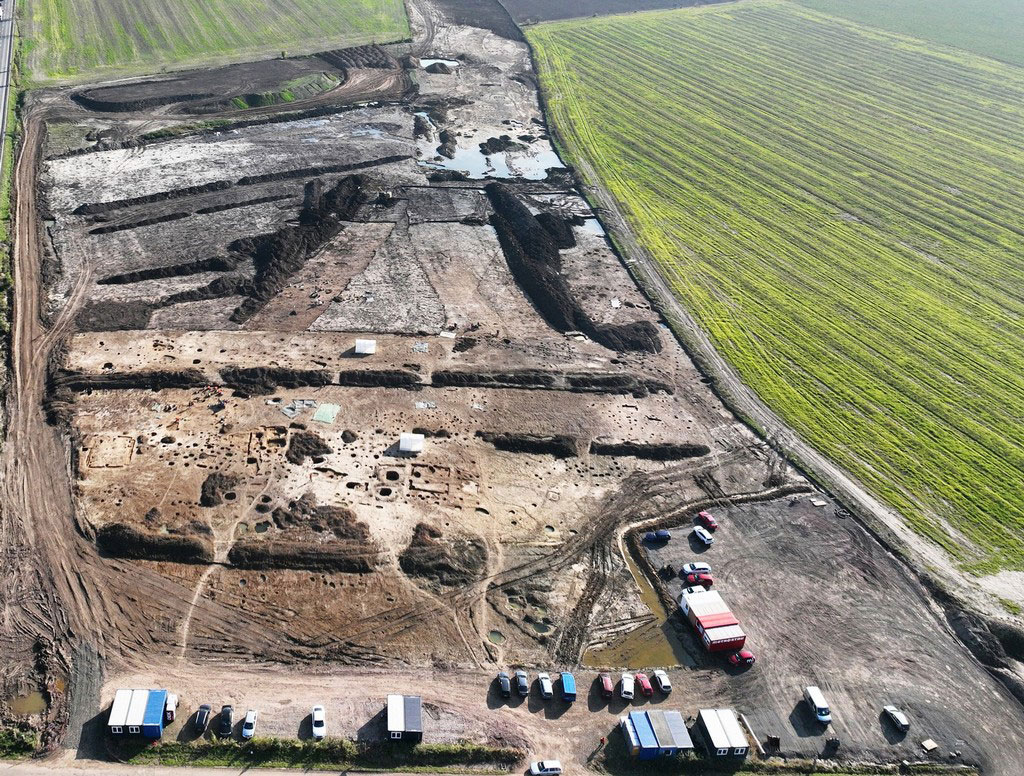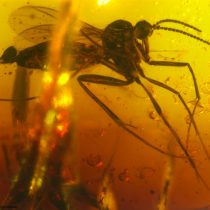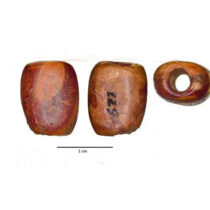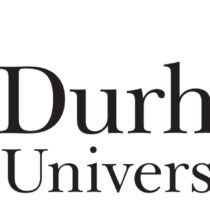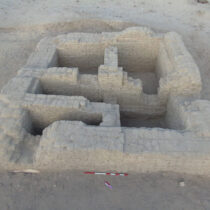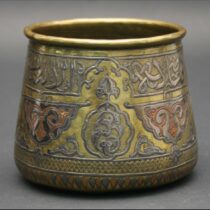Czech archaeologists have revealed the discovery of a previously unknown Celtic settlement near Hradec Králové, describing it as one of the most significant of its kind ever found in the country. The find was made during a rescue excavation ahead of the construction of the D35 motorway and is notable for both its vast size and the exceptional number of artefacts unearthed.
Although the site was discovered almost a year ago, it was only made public in recent days. Experts have dated it to over 2,000 years ago, during the La Tène period—a time when the Celtic Boii tribe inhabited the region. It is from this tribe that the name of the Czech lands is believed to be derived.
Tomáš Mangel, an archaeologist from the University of Hradec Králové, stated that the settlement had been active from the very end of the 3rd century BC until the early 1st century BC. He described it as a “central agglomeration”—a settlement that fulfilled both economic and social functions within the region.
Archaeologists reported the discovery of several pottery kilns, indications of glass working, and Baltic amber—an important trade commodity of the era. They also uncovered a significant number of gold and silver coins, with some believed to have been minted at the site itself.
One of the standout finds was a small ceramic shard engraved with a simple depiction of a horse, which experts described as extremely rare within Europe.
The presence of luxury items such as amber, large quantities of coins, and fine pottery led researchers to conclude that the site was far from an ordinary village. Instead, it likely operated as a regional center of production and trade. They believe the site had strong ties to long-distance trade routes, including the renowned Amber Road that once linked the Baltic Sea with the Mediterranean.
Mangel noted that the sheer size of the site was extraordinary. While typical settlements from the same era covered just one to two hectares, this one spanned at least 25 hectares. He also emphasized the unique opportunity provided by the excavation, which revealed nearly the entire settlement and enabled researchers to collect an unusually wide range of data. Further analysis is planned to deepen their understanding of the site.
The excavation was carried out by a team from the University of Hradec Králové, the Museum of Eastern Bohemia, and Archaia Praha. Although the fieldwork is now complete, Mangel explained that the real work was only just beginning. All the artefacts have been transferred to the Museum of Eastern Bohemia in Hradec Králové, where they are being cleaned, analyzed, and catalogued. He indicated that a small exhibition is expected to open within a few months, with a larger one to follow once full analysis has been completed.
Other discoveries made along the D35 motorway route include what is believed to be the longest prehistoric burial mound ever found in Europe—measuring 192 meters in length and over 15 meters in width—and dating back to the 4th millennium BC.
